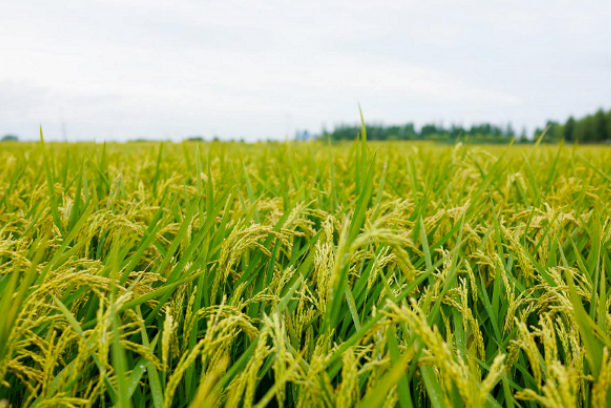When the seedlings are transplanted, the roots will be damaged and the absorption capacity will be weakened, but the evaporation of the leaves will not decrease, thus affecting the growth base of the seedlings until they die. Therefore, after transplanting, rapid greening is the key task of seedling management.

The greening period of rice is 7-10 days after rice transplanting, when the seedlings turn from yellow to green. When the seedlings turn green, it will reach the tillering stage. The speed of the seedlings turning green will be fast, which can promote the tillering of rice earlier, faster and more intensively, and can also ensure the safety of closed weeding after transplanting.
The main reasons for the decline in rice production are:
1. Slow seedling time is too long;
2. The seedlings are not strong enough, and the seedlings are transported to cause damage or the seedlings are placed until the next day for planting;
3. The transplanting machine is too deep, and the transplanting part damages the root system of the seedlings;
4. The root system of seedlings has poor toughness and is easy to break roots;
5. The straw returning to the field is too high, and the ploughing is too shallow;
6. Sealed herbicide phytotoxicity;
7. In case of low temperature and rainy weather after transplanting
How to solution:
1. Do not use rooting products at will in the seedbed. Improper use will easily lead to brittle roots, less root hair, too tight root packing, and root system bursting and breaking the seedling tray, etc. Such seedlings have great mechanical damage when transplanting and slow rooting;
2. Control the water in the seedbed a few days before transplanting, and keep the seedlings dry, which is conducive to slowing the seedlings back to green;
3. Selecting the Dongfeng Jingguan rice transplanter can effectively reduce the damage to the root system of the seedlings by the machine;
4. Before transplanting and fertilizing, seal the medicine for 7 days, and then transplant the seedlings after the sealing medicine settles completely and the soil fully absorbs the sealing medicine. For fields with low soil organic matter content (such as yellow clay), the dosage of herbicides such as butachlor should be controlled;
5. After transplanting the seedlings, apply the water to protect the seedlings in time, but do not overflow the seedlings, generally to 1/3 to 2/3 of the seedlings. The water layer can play the role of heat preservation to prevent low temperature and rainy weather;
6. Apply greening fertilizer, 2-3 fields after transplanting, apply 7 kg of urea or other special fertilizer for rice greening.

 中文
中文 English
English Español
Español Français
Français